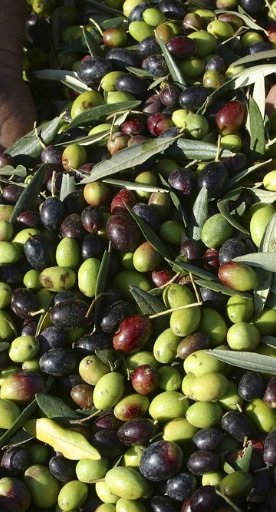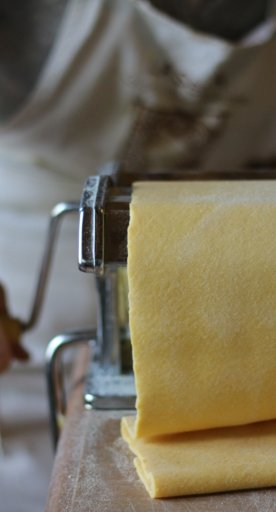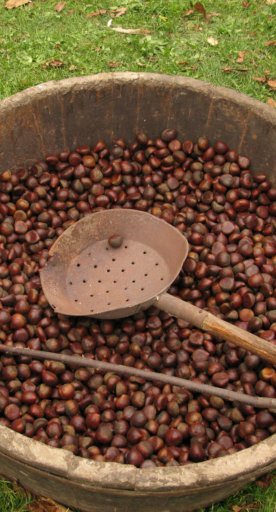Florence food guide
Discover where to savor the authentic taste of Tuscany in Florence
Like all arts, cooking evolves and transforms.
In Tuscany, traditional cooking is strongly linked to poor ingredients: bread, oil, legumes and seasonal vegetables.
Many of the best-known recipes originate precisely from the tables of the old peasants and are still revisited today by great chefs, while maintaining their historical authenticity.
Florence's most famous and simple recipes were transcribed by Pellegrino Artusi in 1891: after living in Florence for many years, as he says, he learned the art of good cooking “from the housewives”.
-
1.Typical dishes
-
2.Street Food
-
3.Traditional cakes
-
4.Restaurants
-
5.Food markets
Typical dishes

In Tuscany we eat many soups made with bread and vegetables that, depending on the season, are cooked with different ingredients: like all traditional recipes, each family has its own particular way of cooking them, but the base always remains the same.
In the colder months, a recipe that cannot be missed is the ribollita, (dish based of bread, cabbage and beans) which owes its unmistakable taste to black cabbage - an ingredient that only gives its best after the first winter frosts; summer, on the other hand, when the tomatoes are ripe and juicy, is the right time for pappa al pomodoro (soup made with tomato and bread) which is seasoned with a drizzle of raw extra virgin olive oil and some fragrant basil leaves; for those who prefer something even fresher, the panzanella is the most suitable dish: stale bread soaked and squeezed, juicy tomatoes, fresh onion and basil: once tasted it will be impossible to do without it.
Although the best-known recipes are mostly vegetarian, one of the most famous dishes in Florence is undoubtedly the Bistecca alla Fiorentina (Florentine steak): Pellegrino Artusi wrote "The Florentine steak is a chop with its bone, one finger or one and a half fingers thick, cut from the loin of the veal". Today the measurements have changed and the Fiorentina cannot be under 4-5 fingers: its typical T-shape remains - given by the bone - and the specific cut of the loin.
The type of meat is necessarily chianina beef, but maremmana, marchigiana and romagnola are also tolerated.
Cooking is strictly medium-rare and over charcoal, if you ask any Florentine restaurateur to bring a well-cooked steak to the table you’ll get into trouble!
Street Food

As regards street food, Florentine stalls offer basically two things: the tripe and the sandwich with lampredotto (the final part of the stomach of the cow). Both related to poor cuisine, these are recipes based on offal.
Whereas tripe is cooked for a long time on a sauté base with tomato, the lampredotto is boiled and served in a sandwich dipped in the cooking broth and the green sauce. The flavors are bold and delicious, referring to a tradition that is poor but that knows its worth very well.
Traditional cakes
Traditional cakes follow the calendar, too: the Schiacciata alla Fiorentina, (a sweet flatbread) for example, is the typical cake at Carnival; it is an orange and spice-flavored cake, covered with a generous layer of powdered sugar and with the characteristic Florentine lily dusted with cocoa. Artusi also mentions it as the “stiacciata coi siccioli,” that is, a schiacciata with ciccioli, which means pork fat, which is essential for the successful outcome of the dough.
Linked to religious tradition, on the other hand, is the Pan di Ramerino, a sweet that looks like a small loaf of bread, typical of the Easter holidays: rosemary, olive oil and raisins give it a unique and surprising flavor.
Restaurants

The historic town center of Florence was declared a World Heritage Site by UNESCO in 1982: an important recognition that also implies great responsibility, starting with the preservation of its identity.
There are many activities that boast a decades-long and, in some cases, even centuries-long tradition in the area and that are part of the city's truest soul.
To get to know the restaurants and the food shops that use the products of the territory, we suggest you glance through the list of the Vetrina Toscana.
Food markets

There are two traditional markets in Florence: the Central Market and the Sant'Ambrogio Market. Both are covered and host historic and traditional stalls: the scents, flavors and atmosphere of these places are unmistakable and it will be impossible not to taste the delicacies on display.
At the Central Market, it is also possible to visit the second floor, which offers 500 seats and houses many restaurants and workshops including pizzerias, a brewery, the Chianti Classico store, a fish market, bars, ice cream parlors, and a cooking school.




































































































